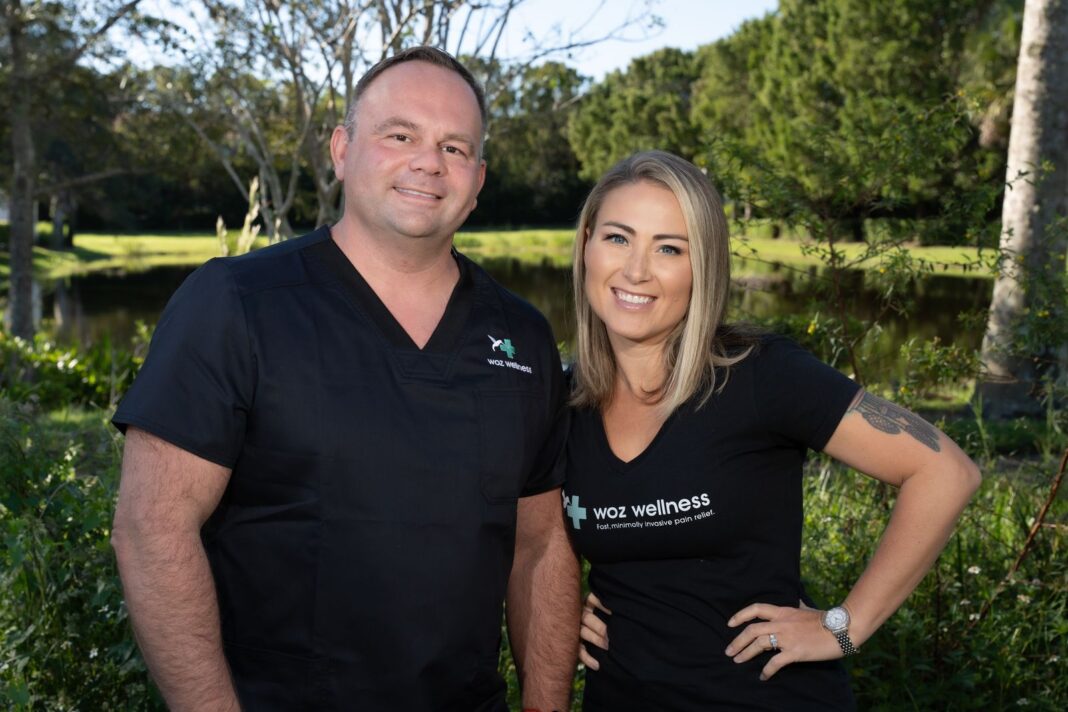Elite competitors will try almost anything to stay healthy, but in recent seasons an old‑school injection therapy called prolotherapy has vaulted from niche to mainstream. At Chicago‑based Woz Wellness, founder Dr. David Woznica now administers thousands of these regenerative shots every year, treating everyone from professional athletes to weekend warriors. Unlike cortisone—whose main job is to dampen inflammation—prolotherapy seeks to repair the underlying tissue: A physician injects a solution directly into injured ligaments, tendons, or joint capsules, creating a controlled micro‑inflammatory response that summons growth factors, fresh collagen, and new blood supply.
Woz Wellness offers three primary formulas: hyper‑osmolar dextrose (a concentrated sugar water that jump‑starts healing), platelet‑rich plasma (PRP) spun from the patient’s own blood, and bone‑marrow or fat–derived stem‑cell concentrate for more advanced cases. Most athletes undergo three to five sessions per site, spaced about a month apart, with post‑injection soreness rarely lasting more than a week.
Dr. Woznica, who trained at Columbia University and completed fellowships in sports and spine medicine, admits he never encountered prolotherapy until late in his residency. Only after relocating to Chicago and collaborating with pioneer Dr. Ross Hauser did he witness the therapy’s impact firsthand. Intrigued, he refined ultrasound‑guided delivery and built Woz Wellness around a suite of regenerative injections that now address chronic tendonitis, partial ligament sprains, early osteoarthritis, and stubborn neck or low‑back pain.
Athletes are drawn to prolotherapy’s non‑surgical nature, minimal downtime, and its focus on the root cause of injury rather than simply masking symptoms. The technique’s rise dovetails with a broader embrace of complementary and alternative medicine—everything from acupuncture to yoga—in modern sports programs. As empirical data accumulates and insurance carriers pilot coverage, Woznica believes prolotherapy is poised to become a staple between “rest and reconstruction,” offering patients a quicker path back to full performance without the scalpel.


